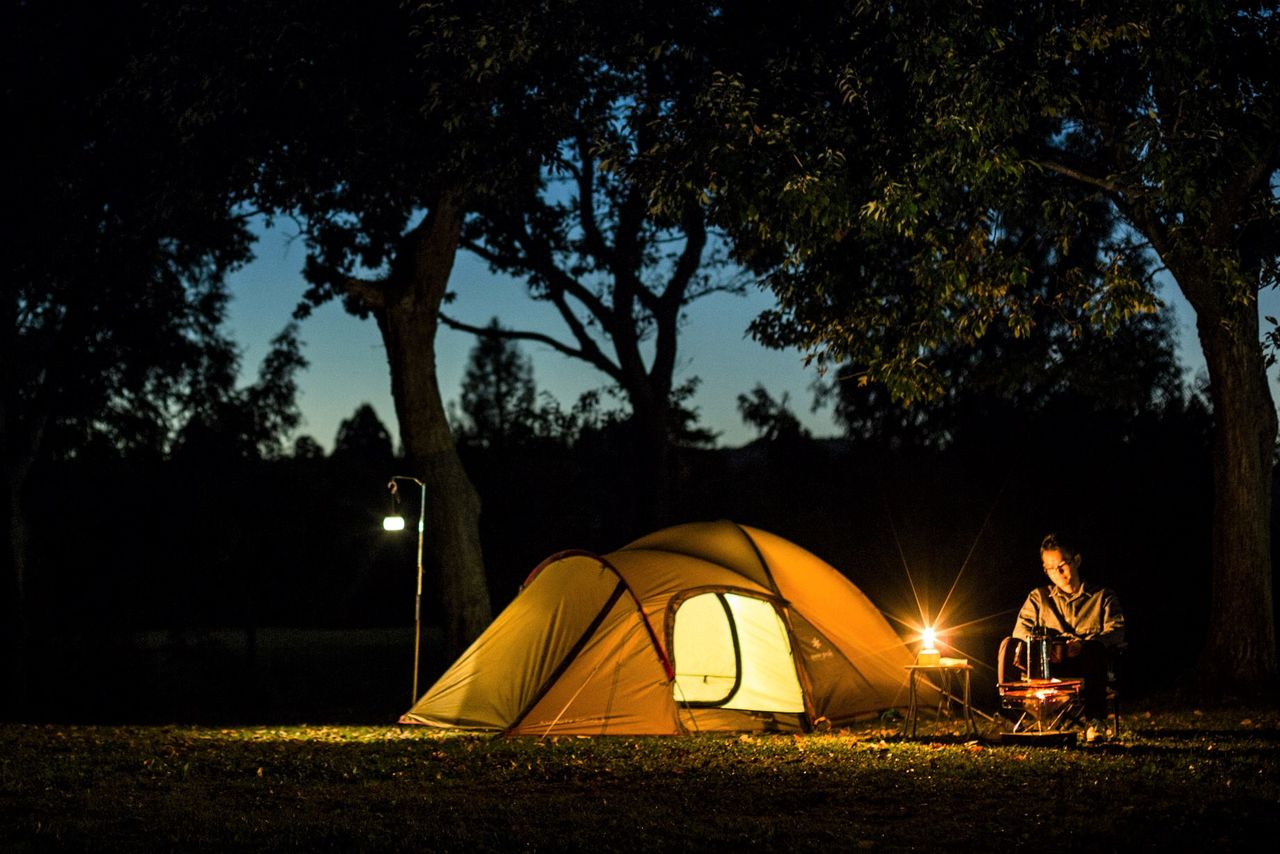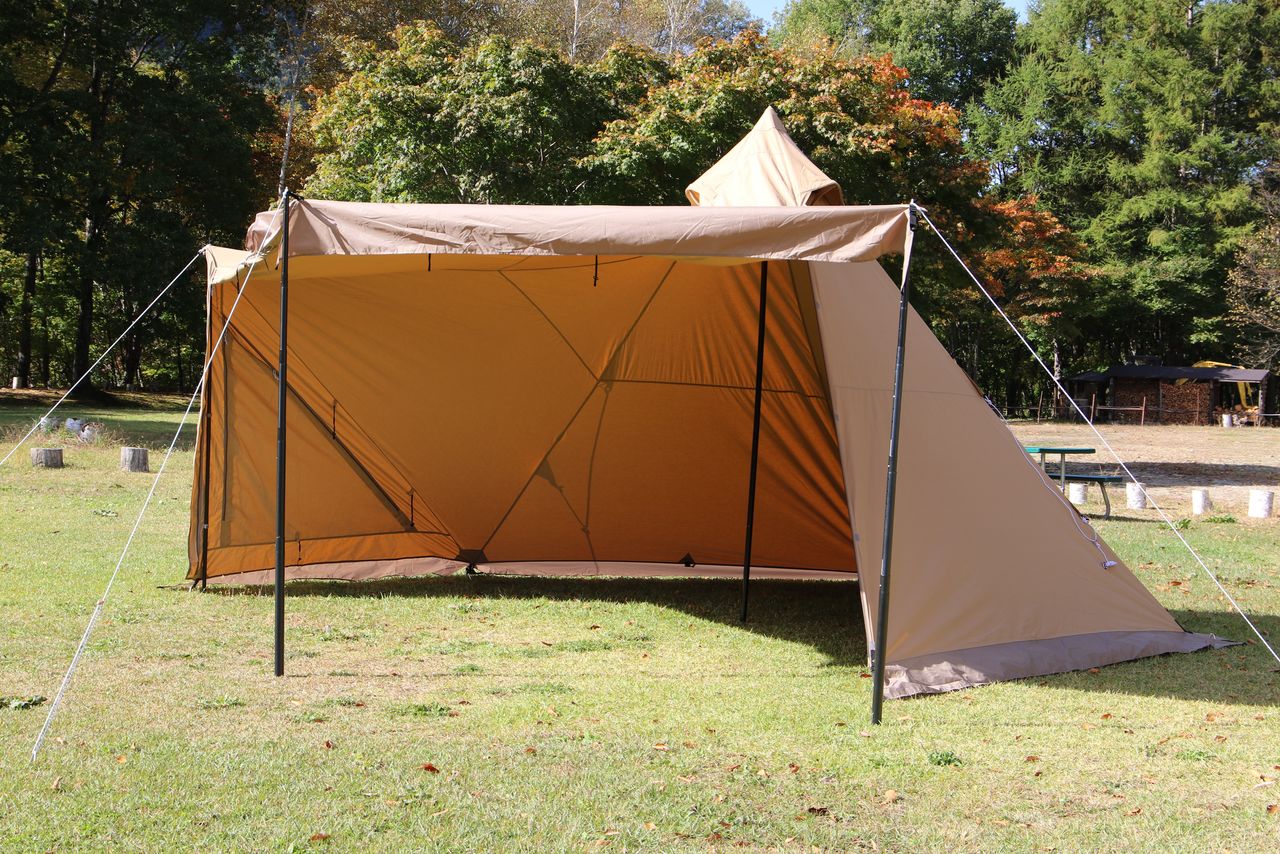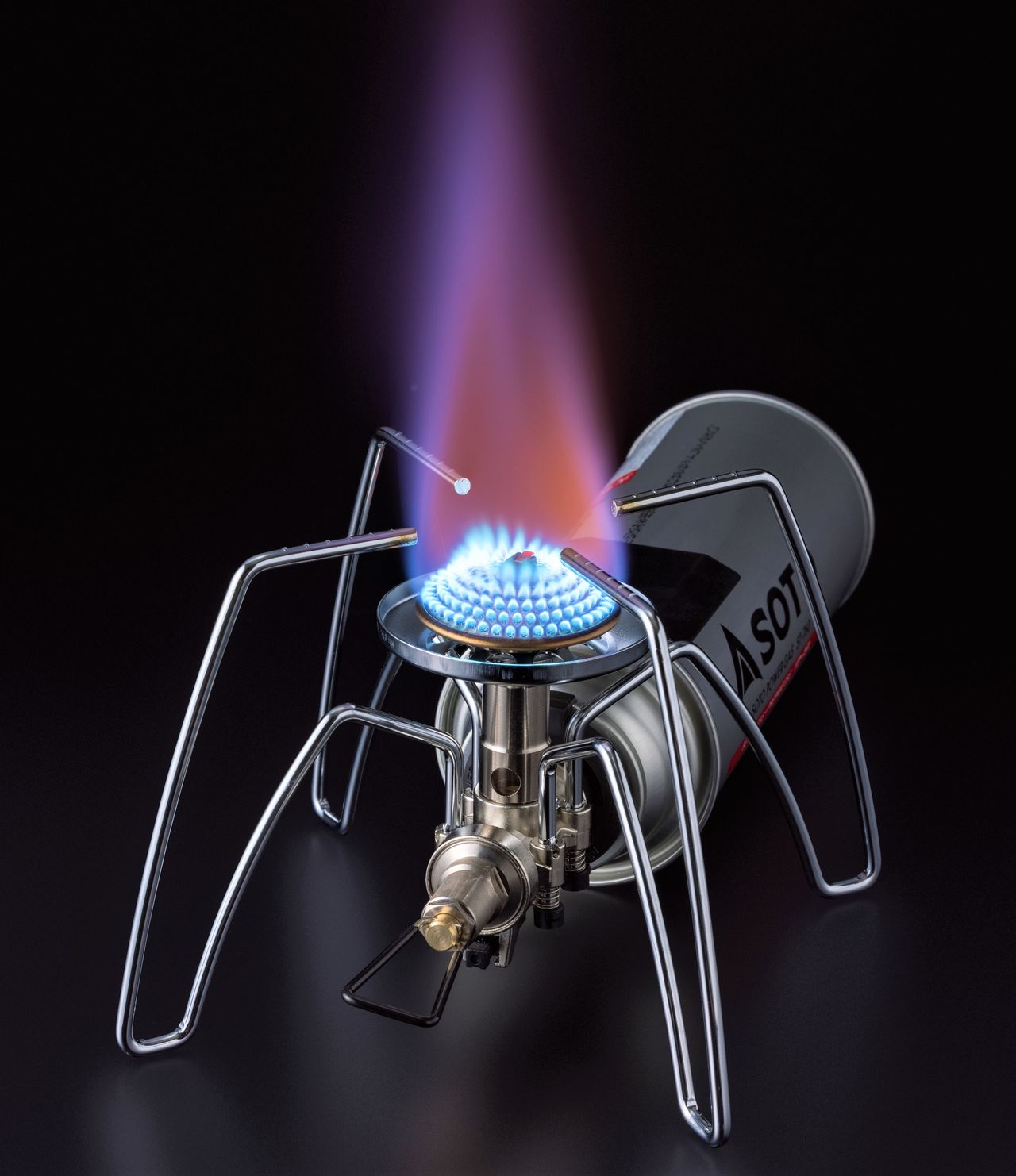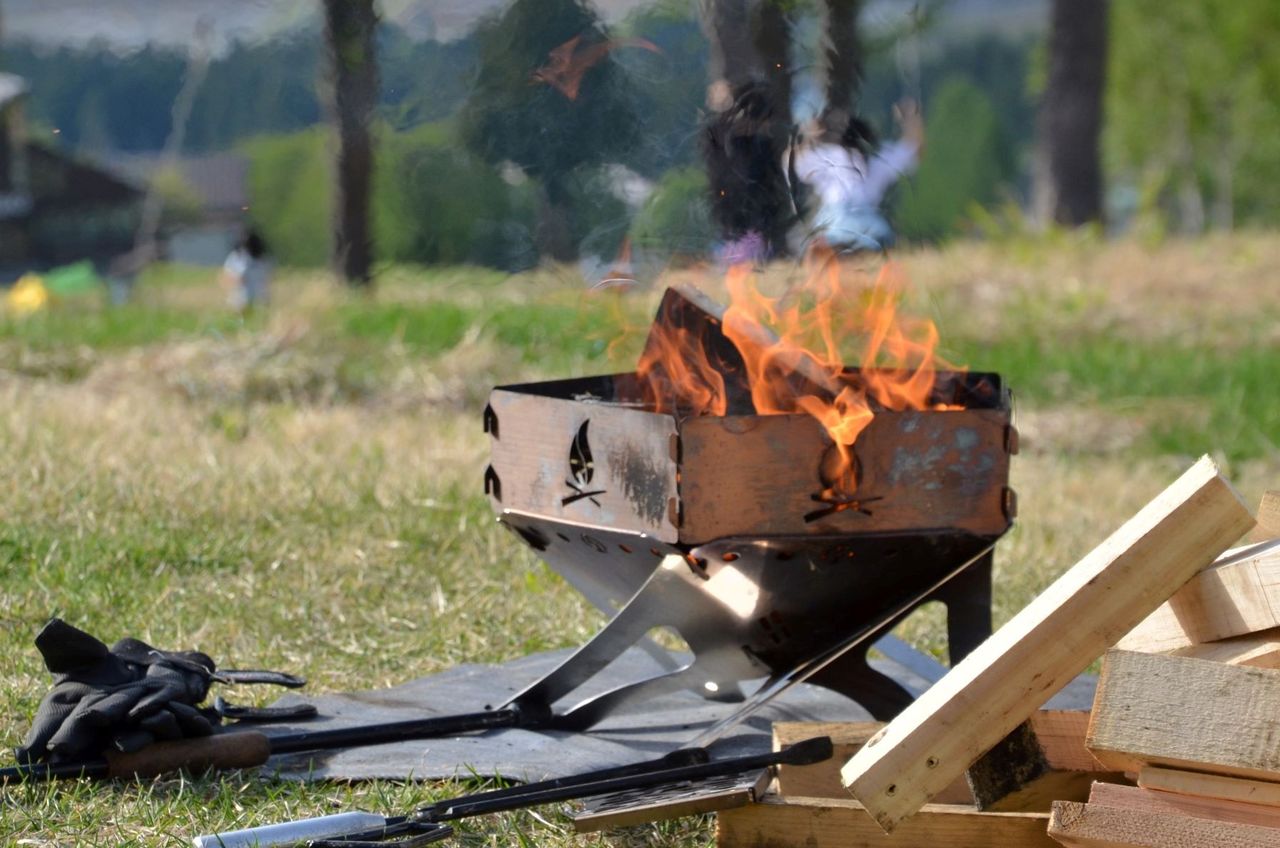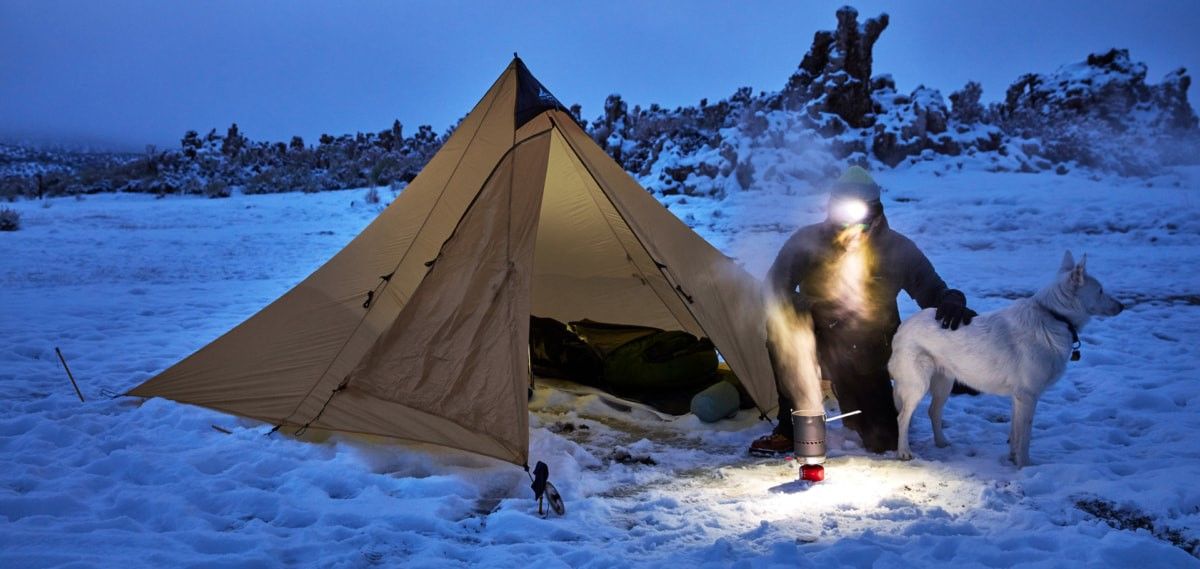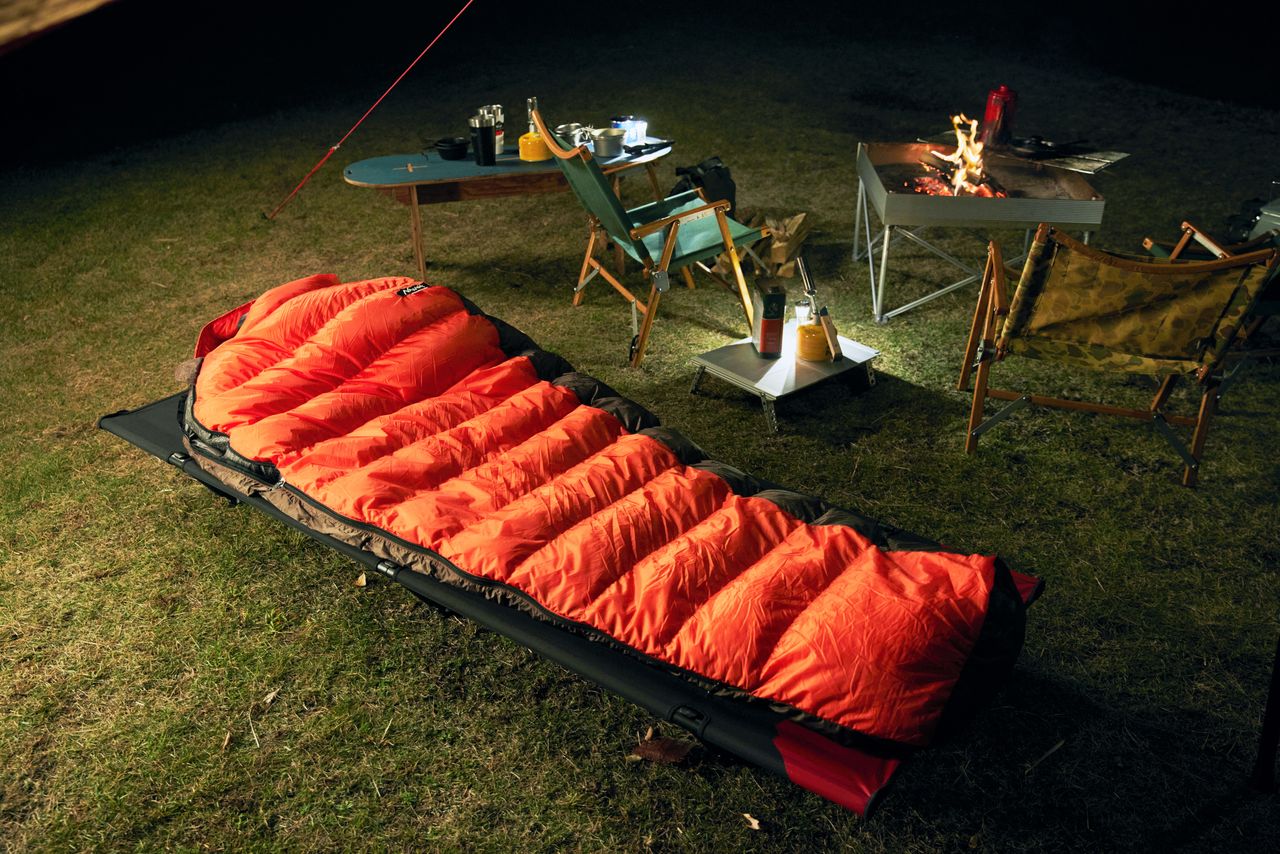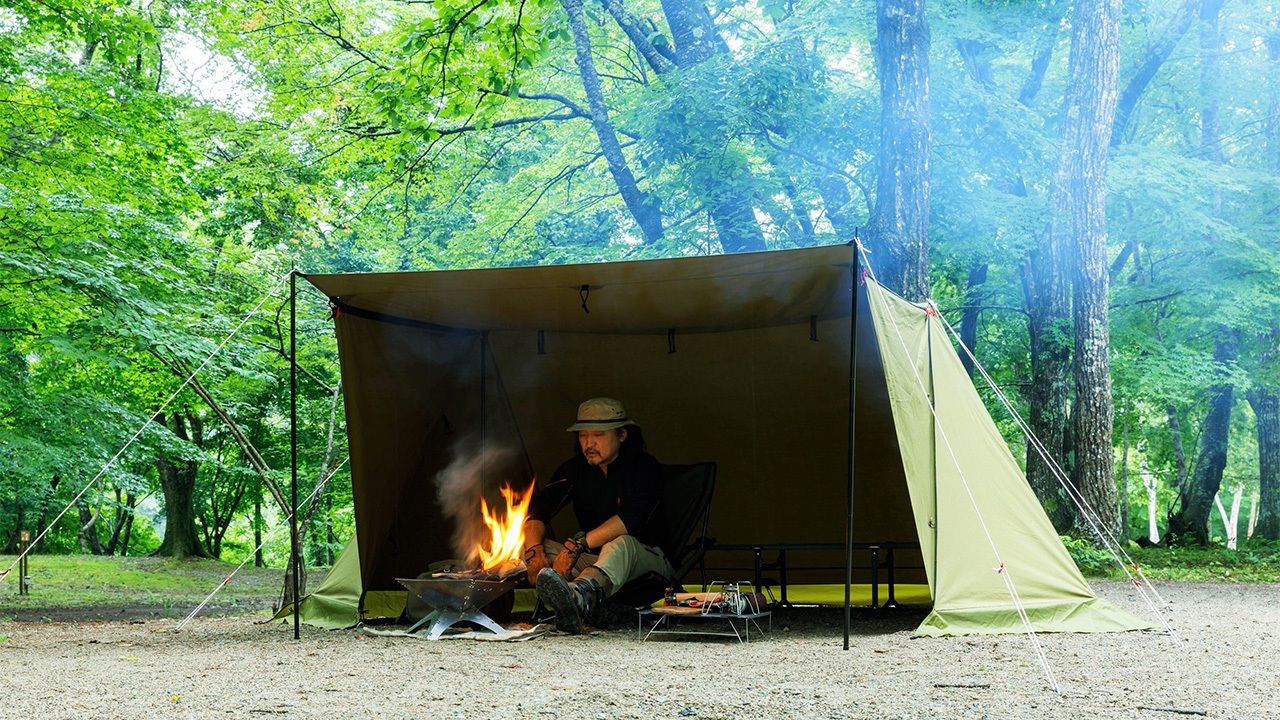
Camping Goods Showcase Japan’s Craft Skill
Lifestyle Culture- English
- 日本語
- 简体字
- 繁體字
- Français
- Español
- العربية
- Русский
A Series of Camping and Outdoor Booms
The act of camping can offer respite to busy working Japanese people, who enjoy setting up the tent, starting a campfire, cooking, and sitting at the fireside—sometimes talking with family or friends, sometimes alone.
Booms in camping and outdoor leisure have come and gone several times over the years, but the most recent wave has grown beyond a mere fad and become simply a standard form of leisure. With a variety of styles like family, group, and solo camping, the boom has also driven growth in the number of campgrounds and an evolution in camping gear.
The first camping fad swept Japan in the 1980s. The outdoor magazine Be-Pal came out in 1981, and rugged four-wheel-drive cars like the Mitsubishi Pajero and Toyota Landcruiser started getting attention. Campers were attracted to American goods, as camping gear from Coleman started to flow into the country, and people were wearing mountain parkas from Sierra Design, fleece jackets from Patagonia, and boots from Danner and L. L. Bean on their feet.
In the 1990s, the joys of camping spread to families, ushering in a second camping fad. Imported gear remained mainstream, but Japanese manufacturers of mountaineering goods like Snow Peak, Ogawa Tent, and Montbell started developing family-oriented camping gear. In many ways this was a backlash against the heightened focus on material wealth during the bubble economy days, with people seeking more soothing experiences from nature in reaction.
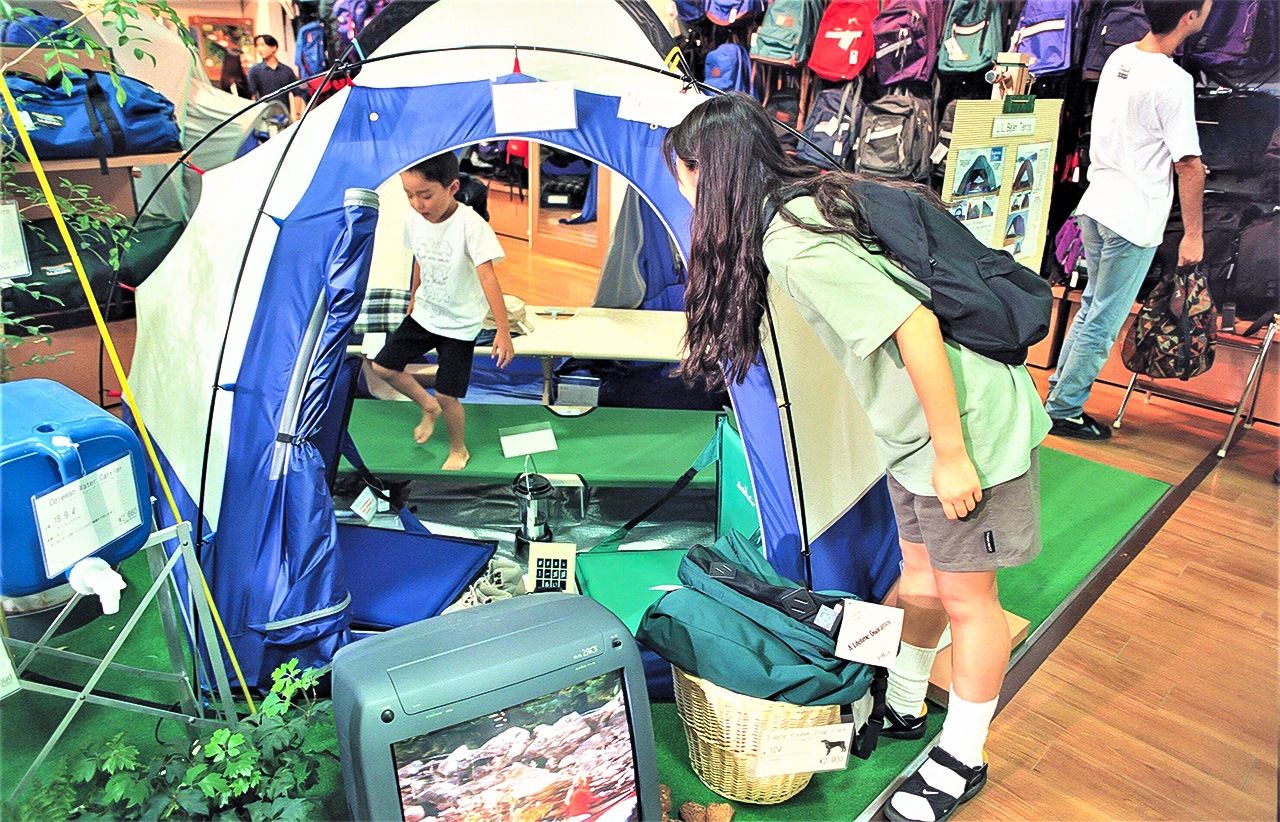
A 1994 camping gear display at a sporting goods store. Camping quickly grew into a common activity attracting women and children. (© Jiji)
Changes in Camping Gear
Moving into the 2000s, relatively reasonably priced Japanese brands like Logos and Captain Stag started showing up at home goods shops, and sporting goods chains like Sports Authority and Super Sports Xebio put in more camping goods sections. Beyond that, outdoor goods shops like Wild-1, Alpen Outdoors, and Swen opened more shops. This was the point where Japanese camping culture took root in full, as people moved past day trips involving riverside barbecues to engage in full-on overnight camping.
At that point, camping remained a hobby for enthusiasts. After the Great East Japan Earthquake of 2011, though, camping gear began drawing more widespread attention. Many people displaced by the earthquake were forced to live in tents in public parks or schoolyards, for example, until temporary housing was available, and camping gear became seen as an extension of disaster mitigation goods.
Then, around 2017, the solo camping boom caught flame. People searching for freedom and solitude were attracted by outdoor cooking and campfires. Some of the influencing factors included the Japanese comedian Hiroshi, who was streaming videos of his own unique camping style, and the hit anime Yurukyan, about high school girls enjoying camping.
With the coming of the COVID-19 pandemic in 2020, Japanese society changed dramatically with official state of emergency declarations and other restrictions. People avoided going out and of course stopped tourist travel, but solo camping was a perfect way to avoid the “three Cs” of closed spaces, crowded places, and close contact. Society started paying more attention and the media started featuring the pastime, driving the boom even further.
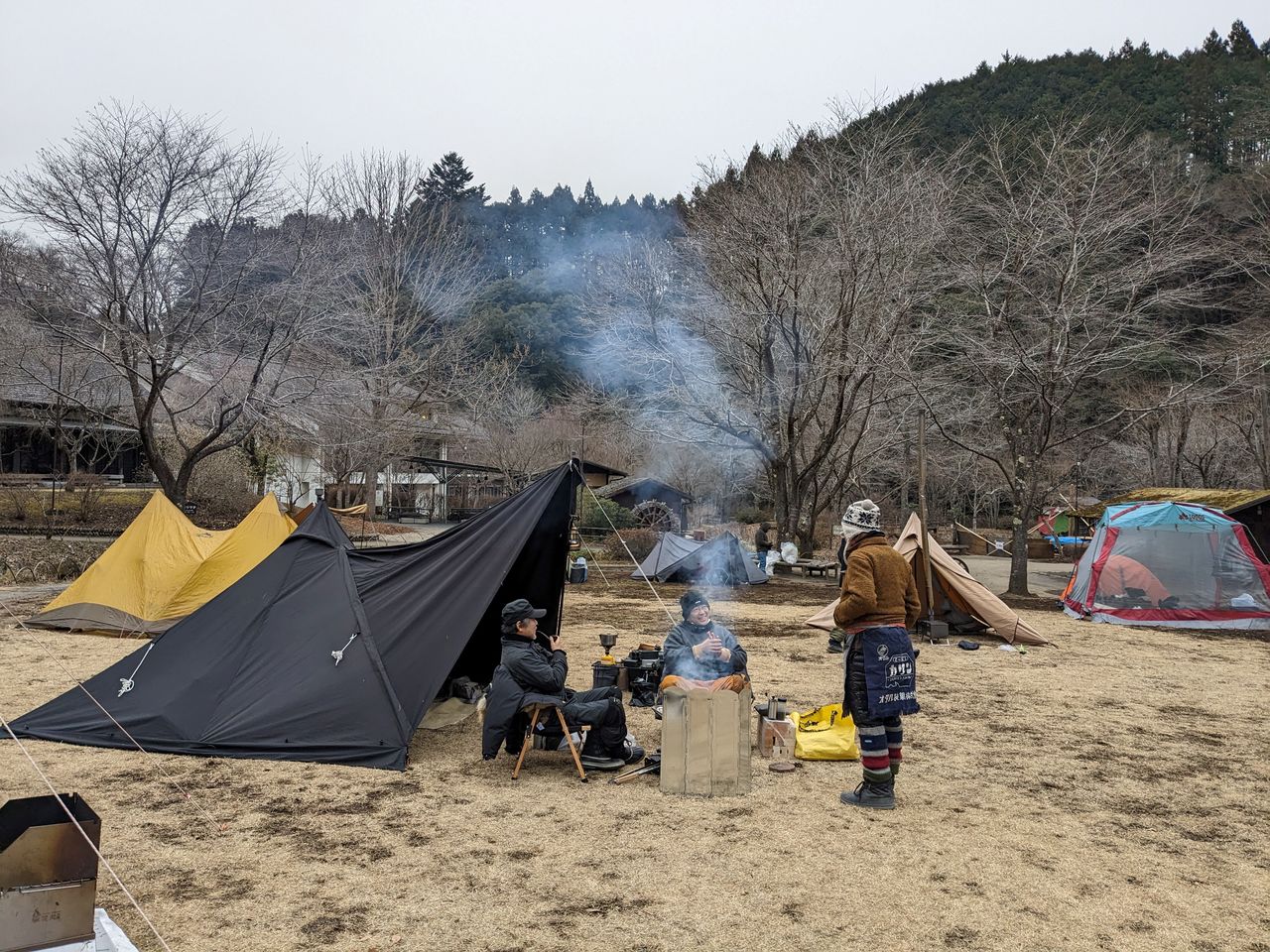
Fall and winter camping are becoming more and more popular, because there are fewer insects, and people can enjoy bonfires and cooking that much more. (© Sakurai Nobuki)
The Appearance of Garage Brands
At every stage of the history of camping in Japan described above, the term dōgu no numa, or “gear swamp”—referring to the plethora of options on the market and the interminable hunt for the best and newest gear—has spilled from enthusiasts’ lips.
Camping means spending long periods with your gear, and one of its great pleasures is using and gazing on favorite pieces. That’s the kind of situation that encourages a fixation on gear, no matter how experienced the camper may be. Japanese manufacturers have long been well aware of that situation and approached gear production flexibly to deal with everyone from families to solo campers, both beginners and hard-core fans, releasing great new gear at a rapid pace.
Another recent phenomenon is the advent of so-called “garage brands,” or small-scale operations specializing in a limited lineup of products. One example is the second-generation owner of a small neighborhood workshop who became a camping fan and used his company’s metalworking techniques to make an original portable fire pit, which he makes at small scale, brands, and sells online. Such highly crafted items become hot topics among campers for their rarity.
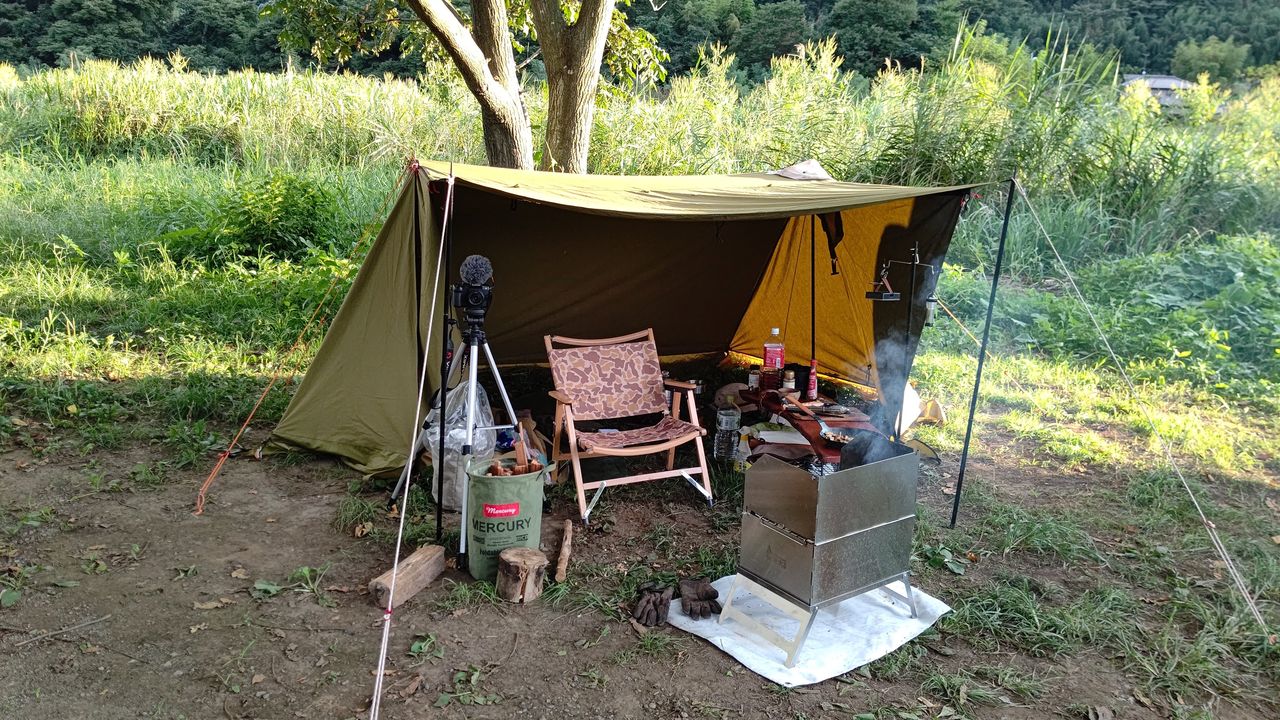
A standard solo camping setup. Digging into the details allows campers to bring their own touches to their gear. (© Sakurai Nobuki)
A common thread in gear development by Japanese manufacturers is meticulous attention to user care and after-service. These are part of the fine Japanese craft and artisanship tradition, which add to the common belief in Japanese product reliability.
One big difference from the past, though, is that social media now makes it easier to reflect customer input in development. Small-scale garage brands in particular depend on this, and mutual engagement between makers and users has become a standard part of product development.
Japanese camping gear production started by adopting the concepts and functions of foreign brands but has now grown to become one of the world’s largest and most sophisticated markets.
Camping Gear to Be Proud of
The most recent boom has seen an unprecedented surge in camping gear, with tens of thousands of products now on shelves. Here, we look at just a few gems that Japan should be proud of.
SnowPeak Amenity Dome Series
SnowPeak is a general camping goods producer that stands at the front of Japan’s camping scene, and the Amenity Dome series includes their best-selling solo-camping tents. The basic design takes a dome tent and adds a front vestibule for increased convenience. These tents are thoroughly tested for water- and wind-resistance in the Japanese climate, resulting in even greater practicality. They come in small, medium, and large sizes, making them useful for everyone from solo campers to families.
Tent-Mark Designs Circus Series
Tent-Mark Designs is the private brand of outdoor retailer Wild-1. Of all its products, the Circus Series tents are considered true masterpieces. Wild-1 was the originator of the Japanese trend toward tents set up around a single central pole, which gained popularity for their ease of setup, comfort, and design. There was a time when campgrounds were filled with the Circus Series alone. They were so popular that campers started to have trouble finding their own tent among the crowd. Today’s lineup is full and varied, with standard versions, sizes ranging from solo use to larger ones, and a mix of materials and styles.
Shinfuji Burner Soto Regulator Stove ST310.
This outdoor stove replaces the so-called OD, short for “outdoor,” gas cylinder used by most camping stoves with the “cassette bombe” cylinders more commonly used in tabletop gas burners for home use. These CB cylinders tend to be difficult to use at low temperatures because the gas evaporates less readily, but Shinfuji has created an original regulator that allows for cooking even at subzero temperatures. These stoves have been on the market for over a decade and have yet to be surpassed, making them a hit with campers around Japan. A more recent trend is to attach a small table to the gas-cylinder holder using custom parts sold by a number of other manufacturers.
Hachiōji Kōzai Stainless Fire Pit FP350
This fire stand is made of sturdy, rust-resistant stainless-steel plates. The size can be adjusted by using either four or five plates, making it stand out for its versatility. The manufacturer, a metalworking company founded in Tokyo’s Hachiōji in 1952, develops and sells products with a focus on quality materials. Each one is hand-made by experienced craftspeople.
Locus Gear Khafra HB
Locus Gear is a so-called “garage brand” founded in 2009 in Sagamihara, Kanagawa Prefecture. It got its start from tents the owner made for fun, but thanks to word of mouth, they are now so popular that there are waiting lists for the tents. This Khafra HB is a monopole tent big enough for two adults, but weighs an astonishingly light 650 grams. It uses 15-denier rip-stop nylon with a hybrid silicon and polyurethane coating for extreme durability and water resistance. The lovely shape when set up is another one of the tent’s great charms.
Nanga Aurora Light Series
Nanga has been making sleeping bags since 1980 and is one of Japan’s premier manufacturers. Products using down are prone to clumping, requiring a high degree of manufacturing skill and quality control. Nanga has succeeded in achieving these and is steadily gaining global acclaim. The Aurora Light series uses Nanga’s originally developed breathable waterproofing material. As winter camping has gained popularity in recent years, this series of sleeping bags have become highly desirable for their warmth and stylish design.
(Originally published in Japanese. Banner photo: The author enjoying the fire from inside an Enmaku pup tent, which he helped develop. Its easy setup has made it popular with solo campers. © Tent-Mark Designs.)
